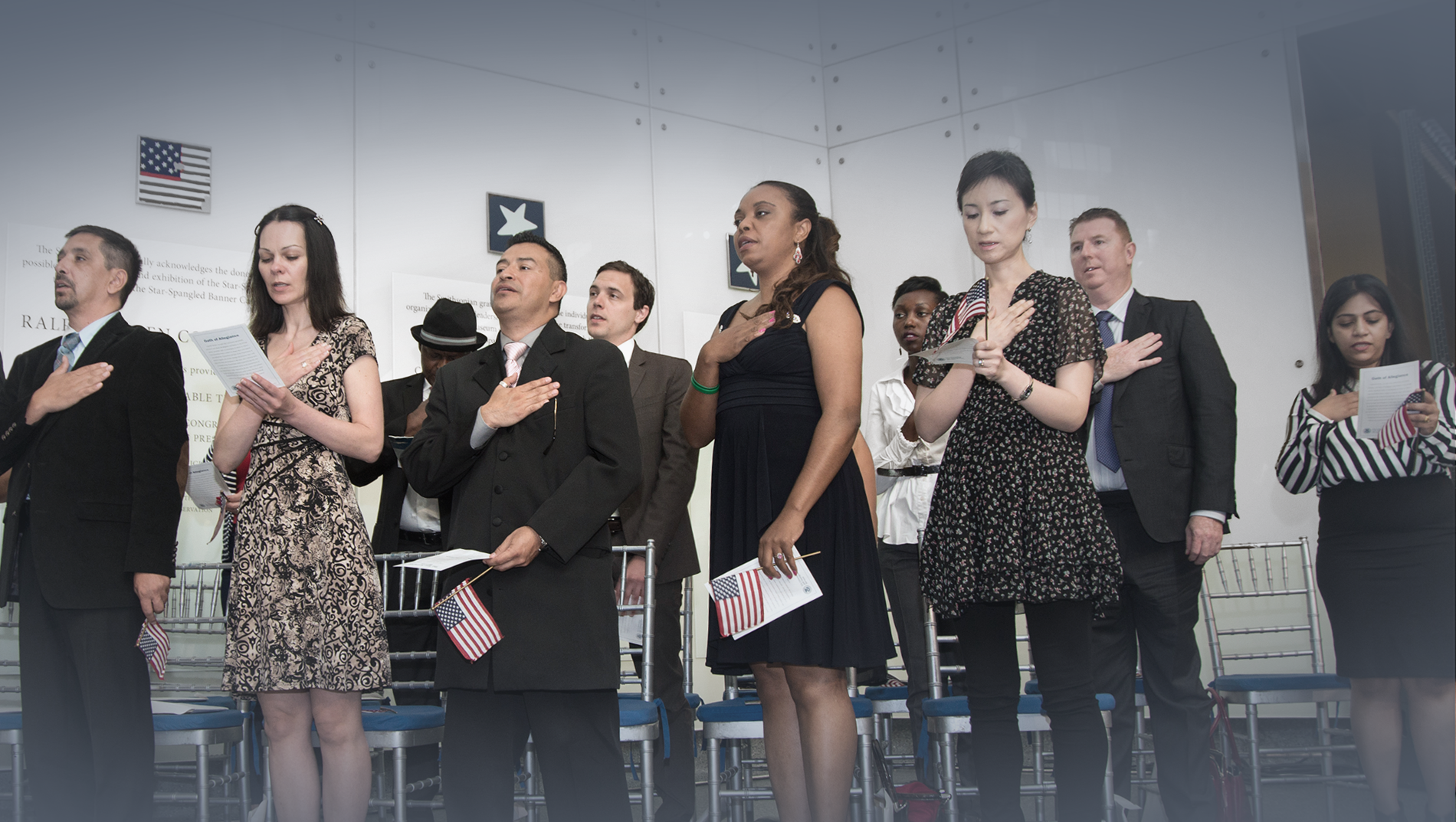Immigration Reform: A 21st Century Solution for a Stronger America
Immigration is vital to America’s success, but our current system is outdated and inefficient. It’s time for a reform that ensures transparency, efficiency, and justice, allowing us to fully harness the benefits of immigration for a stronger, more united nation.

Immigration is fundamental to the American story, driving our nation’s growth, innovation, and cultural richness. However, our immigration system is broken and plagued by inefficiencies, backlogs, and outdated processes. To truly harness the benefits of immigration, we must reform the system to be more transparent, efficient, and just.
The Problem
Despite its importance, our immigration system is struggling to meet the demands of the modern world.
- Massive Backlogs: With over 2.1 million pending cases in U.S. immigration courts, the average wait time for resolution is over 800 days—more than two years of uncertainty for individuals and families. The asylum backlog alone is over 1.5 million cases.
- Outdated Processes: Our system relies on disjointed, outdated processes spread across multiple agencies, making it difficult to track cases, communicate effectively, and resolve issues promptly.
- Processing Delays: USCIS processing times have skyrocketed, with delays increasing by 100-200% over the last decade, leaving individuals and families in limbo.
My Solution: A Modernized Immigration System
1. Centralized Immigration Case Tracking System
- What It Will Do: This platform will centralize case management, providing real-time tracking, secure communication, and document handling in one place. Immigrants, attorneys, and officials will have immediate access to case statuses, deadlines, and necessary actions.
- Why It Will Fix Things: By centralizing and modernizing the system, we reduce redundancy and errors, streamline communication, and ensure that cases move through the system more efficiently. Just as the U.S. Patent and Trademark Office reduced patent processing times by 25% through modernization, we can achieve similar gains in immigration case processing. How can we expect to work through the backlog when inadequate tools are in place?
2. Automate Metrics and Reporting
- What It Will Do: Automate data collection to identify and address inefficiencies in case processing times, backlogs, and system performance.
- Why It Will Fix Things: Automation will identify and address inefficiencies promptly, preventing small issues from becoming large backlogs. Following the example of Performance.gov, we must track performance metrics and report them so that we as a nation can act on them. We can't solve the problem if we don't know what the problem is.
3. Centralize Data
- What It Will Do: We must centralize all immigration data and information into a standardized, unified system. This means that all relevant data, from case statuses to processing metrics, will be accessible in one place.
- Why It Will Fix Things: Centralizing data will standardize information and ensure consistent access for all stakeholders. This approach allows immigration lawyers, officials, and the public to easily research and reference up-to-date, accurate metrics. By eliminating the need to navigate multiple obsolete systems, we can significantly reduce errors, improve efficiency, and make the immigration process more transparent and manageable.
The Bottom Line
A modern, centralized, and transparent immigration system isn’t just a technical upgrade—it’s a moral imperative. By embracing technology and innovation, we can create an immigration process that is efficient, fair, and humane. This reform will reduce backlogs, speed up case processing, and restore faith in the system—ensuring that America remains a beacon of hope and opportunity for all.
It is Time for Solutions, not Politics
Immigration reform is too important to be used as a political football. I am running for Congress because our elected officials aren't doing their jobs. We need innovative solutions addressing real issues, not partisan gridlock. We can’t keep kicking the can down the road while millions of lives hang in the balance. It’s time to stop the endless debate and implement real, actionable solutions.
I am committed to doing something—anything—to ensure our immigration system works for everyone. We owe it to ourselves and future generations to fix this problem now.
Additional Resources
- A timeline of US immigration policy (1790-Present)
- Why Legal Immigration is Nearly Impossible
- Why America Can’t Seem to Fix Its Broken Immigration System


An example of telehealth use at the VA
Help Make This Happen
Reforming our immigration system will take more than good ideas—it will take action and support. If you believe in a more just and efficient immigration process, contact us about getting involved or consider a donation. Your support is crucial in making these changes a reality.



